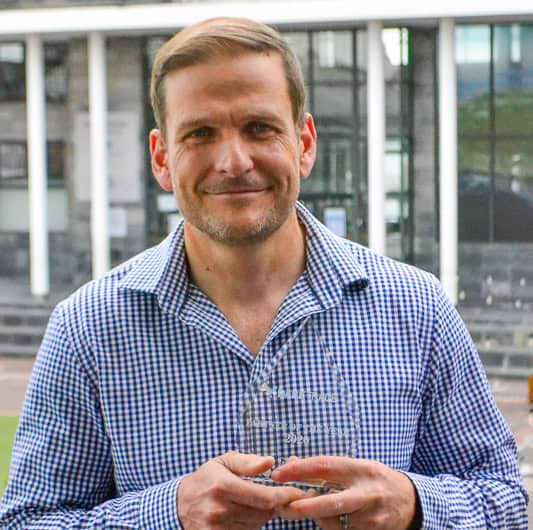By Diane Silcock
visionAI, the brainchild of Mint Technology Group, is helping manufacturers to achieve greater production efficiencies, profitability and sustainability through the use of visual Artificial Intelligence (AI).
An early adopter of AI technology, vision-AI initially focused on visual elements which included facial recognition and document intelligence, which is the digital conversion of text into machine-encoded text.
In 2022, however, the company took a decision to accelerate investment and growth, evolving into a Software as a Service (SaaS) organisation with a primary focus on manufacturing.
VisionAI’s locally-developed AI-driven technology leverages a customer’s existing CCTV cameras to track business critical production and supply chain activities to provide a holistic view over production operations.
The system is able to detect, monitor, and analyse production. This allows it to provide deep analytics – which unlocks visual intelligence data – enabling the customer to make better informed decisions and ensure a safe, productive factory environment.
“Our customers are typically high-volume manufacturers with low variation production lines that struggle with unplanned downtime. Each downtime minute costs manufacturers, on average, $22 000, therefore, every incremental efficiency improvement has a significant bottom line impact, especially in South Africa where the manufacturing sector has been struggling for some time,” says Johann de Wet, visionAI’s chief revenue officer (Western Cape).
The environment is monitored with no human interaction 24/7. The system provides real time data, enabling the customer to improve efficiencies and avoid unplanned, costly downtime.
“This holistic view over production operations helps move the needle to, firstly, increased production efficiency, ultimately driving additional output and revenue, and secondly, to reduced operational risk, such as a lower potential threat of fines and compliance risk,” adds de Wet.
Companies often have insufficient transparency when it comes to the movement of pallets, resulting in stock discrepancies with handovers between production, warehousing and despatch. This leads to meaningful stock write-offs/losses occurring which visionAI’s system can help avoid.
When it comes to health and safety, which is given high priority in countries like Australia and the UK, largely due to huge fines being imposed for non-compliance, visionAI helps provide increased transparency and alerts of emerging security incidents in factory and warehouse settings, commonly related to forklift movement and loading/offloading of trucks.
De Wet sites an interesting use case where their system monitors the customer’s open truck beds using camera images and a custom-built GPT that detects and provides alerts when truck loads are not sufficiently secured, appear unstable or if there is movement of the truck load during the trip. This demonstrates the use of visual AI combined with ChatGPT-like prompts (generative AI).
Other application examples include tracking stock movement in the manufacture of bread, proactive condition monitoring in steel manufacturing, truck load identification in the agricultural supply chain, and truck load safety using generative AI.
“Helping manufacturers to be more efficient is an opportunity where we can make significant impact that can help factory operations be more productive, profitable and sustainable,” concludes de Wet.
Learn more at https://visionaisuite.net/















